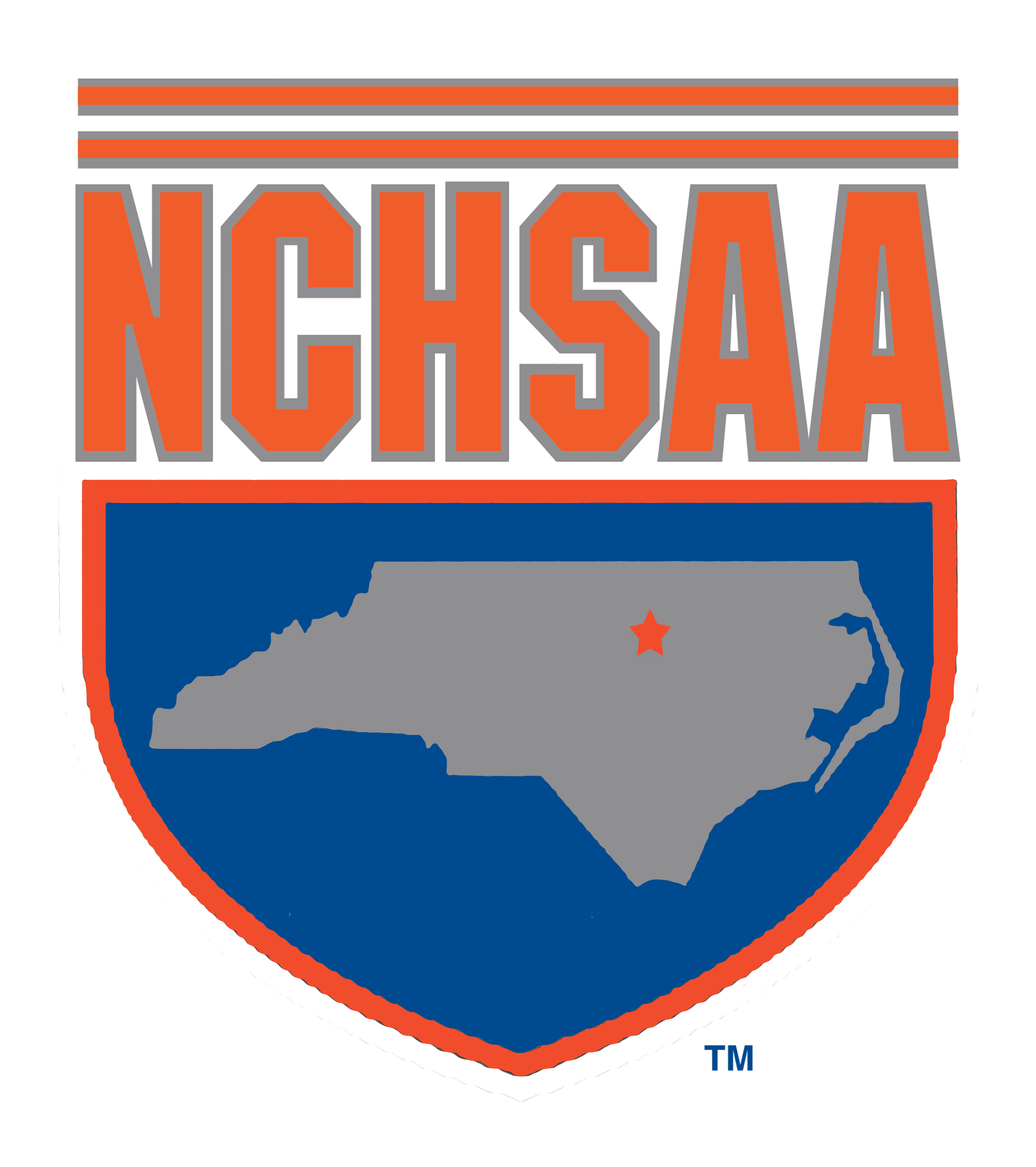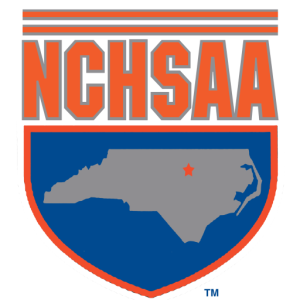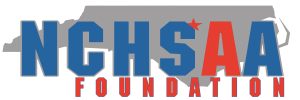HIGH SCHOOL FOOTBALL PLAYERS MUST SITOUT ONE PLAY WHEN HELMET COMES OFF
INDIANAPOLIS— High school football players must sit out one play next year if their helmet comes off while the ball is live.
In cases where the helmet comes completely off without it being directly attributable to a foul by the opponent, the player will have to leave the game for at least one down.
This addition to Rule 3-5-10 was one of eight rules changes approved by the National Federation of State High School Associations (NFHS) Football Rules Committee at its January meeting in Indianapolis. All rules changes were subsequently approved by the NFHS Board of Directors.
The North Carolina High School Athletic Association is a member of the NFHS. NCHSAA assistant commissioner Mark Dreibelbis is a member of the football rules committee and was instrumental in providing research that was considered as the rule change was made.
“The committee made this rules change after reviewing data from multiple states regarding the frequency of helmets coming off during live-ball play,” said Julian Tackett, chair of the Football Rules Committee and commissioner of the Kentucky High School Athletic Association. “It is the committee’s hope that this serves notice for schools to properly fit players with helmets to reduce the incidence of these situations and remind the players not to take steps that alter the fit.”
Another significant change next season will be a new interpretation of a legal catch. A receiver now will be required to establish possession of the ball and contact the ground inbounds while maintaining possession – regardless of the opponent’s action.
“In previous years, the covering official could have ruled that an airborne player attempting to catch the ball would have come down inbounds, but was prevented from doing so because of contact by the opponent,” said Bob Colgate, NFHS director of sports and sports medicine and liaison to the Football Rules Committee. “Now, the player must establish possession and contact the ground inbounds for a legal catch.”
The Football Rules Committee also cleared the way for state associations and their member schools to place corporate advertising and/or commercial markings on the field of play. These types of markings previously were only allowed in the end zones and outside the field.
Rule 1-2-3l will state that while corporate advertising and/or commercial markings will be allowed, the markings may not obstruct the yard lines, hash marks or nine-yard marks.
A risk-minimization change was made to Rule 2-3-7 that changes an interpretation for blocking below the waist.
“The previous interpretation was that it was not a foul for a player to block below the waist if the hand(s) of the opponent was first contacted below the waist,” Colgate said. “This revision changes that interpretation and stipulates that such action is a foul.”
After experimentation in Minnesota and Iowa, the committee revised Rule 9-3-8 to prohibit members of the kicking team from initiating contact (blocking) against members of the receiving team until the ball has broken the plane of the receiving team’s restraining line, or until the kicking team is eligible to recover the free kick.
The other three rules changes approved by the committee include Rule 1-5-3c(8), which expands the list of illegal equipment to include play cards that are not worn on the wrist or arm, as well as Rule 9-4-3h, which now states that grasping the tooth and mouth protector, as well as the face mask, is a foul. Also, to provide guidance to game officials, the committee clarified Rule 9-4-3k by adding the direction in which the opponent was pulled during a horse-collar.
Finally, the NFHS decided to extend the effective date of its new glove rule from 2012 to 2013. During the 2012 season, both gloves meeting the current standard and gloves meeting the new standard will be legal for play.
“The game of football at the high school level is in great shape, and the committee continues to review all available data to minimize the risk to participants,” Tackett said. “A hallmark to the NFHS playing rules is the constant emphasis on risk minimization, as well as historic tenets regarding the balance between offense and defense and making the rules appropriate for the levels of the coaches, players and officials.”
Football is the No. 1 participatory sport for boys at the high school level with 1,134,377 participants in the 2010-11 school year, according to the High School Athletics Participation Survey conducted by the NFHS through its member state associations. In addition, the survey indicated there were 1,561 girls who played football in 2010-11.


